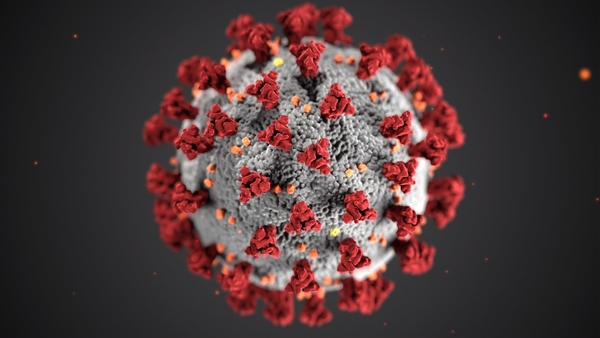Why storing computer data in DNA could be so important in the future
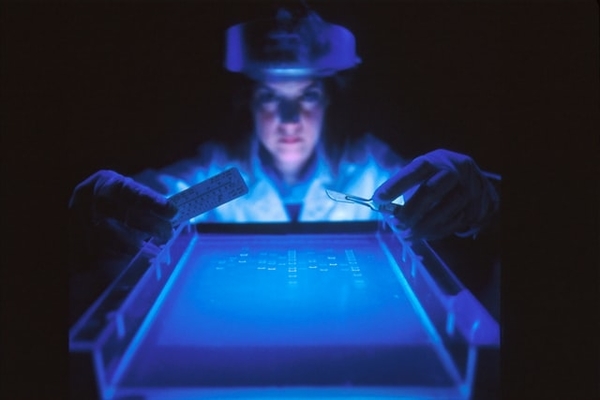
DNA is just one of many amazing biological mysteries that we could never replicate with technology, no matter how hard we try. We know DNA to be the storage of our own genetic data, determining everything from the way we look and to our general health. One of the debates of the century in psychology and criminology is how much of an effect DNA has on how we act.
What if DNA could be used to store computer data? We produce ridiculous amounts of data each second, and the rate of increase keeps rising. Each minute there are hundreds of new social media users, millions of emails being sent, and 300 hours of YouTube videos uploaded. The entire digital universe is said to be up to 44 zettabytes (1 ZB = 1x1012 GB).
So much of the data we store is on the cloud. By 2025, it’s expected that around 49% of all of our data will be stored on cloud spaces such as Google Drive. Essentially, everything you put on the cloud is being stored on a server (a computer made to run a specific task) elsewhere. This means that the work you save on Google Drive is being stored on a Google server at a Google location. So, the big tech firms like Google and Microsoft, who store all of your data on their ‘cloud’, need a lot of servers.
As tech progresses, we continually go smaller. New phones seem to get slimmer every year and yet have more storage capacity. Despite this, the digital world could soon face a huge storage problem. We need a way of storing larger amounts of data in smaller spaces.
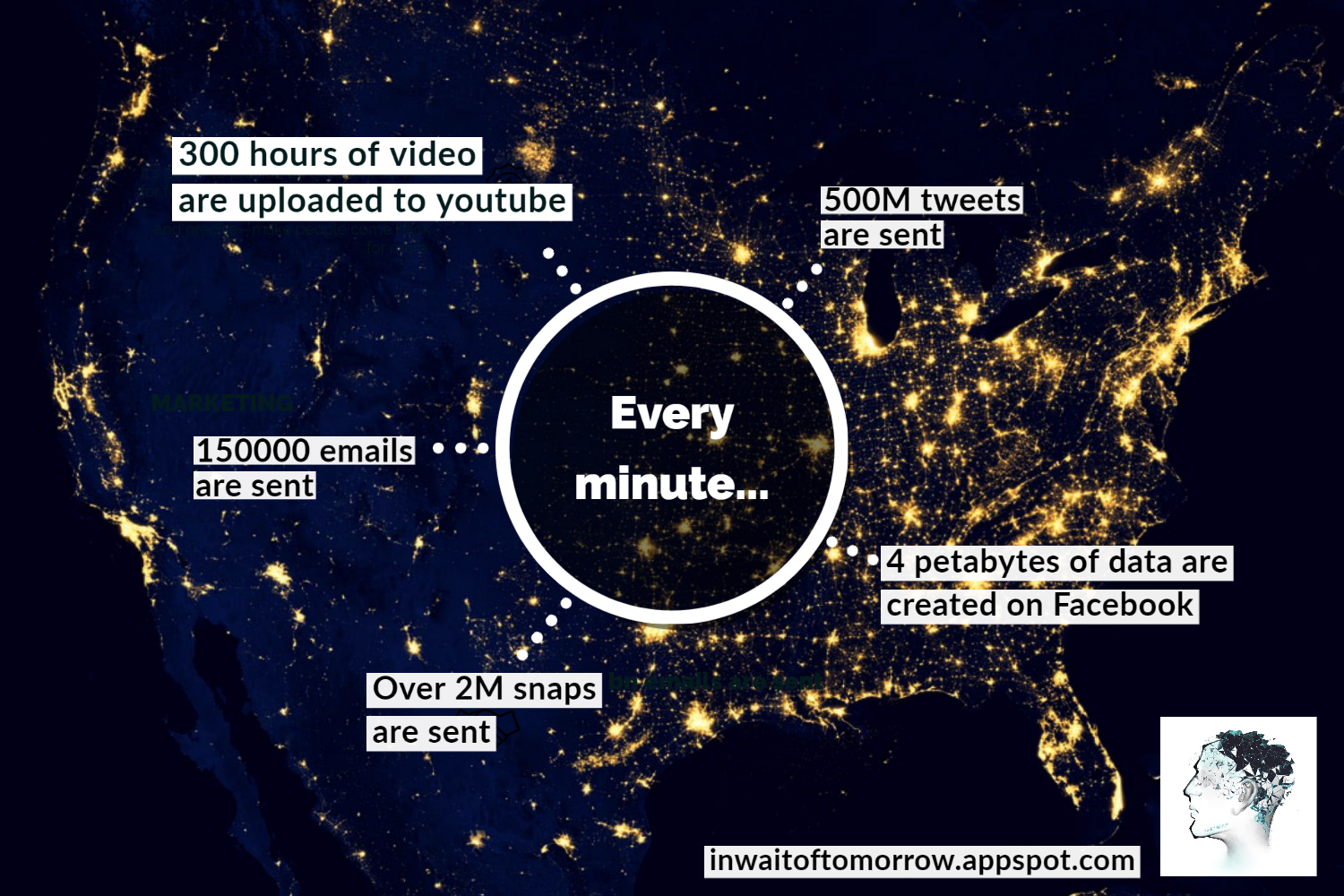
Why use DNA?
DNA is so dense. It could accurately store huge amounts of data, far more than any known computer device. It’s believed that a single gram of DNA could store 215M GB of computer data. DNA is very stable; scientists have accurately sequenced and read DNA from fossils that are thousands of years old. If stored away from light at room temperature, DNA could last centuries. There’s little risk of DNA storage becoming obsolete, like how our cassettes were replaced by CDs. DNA can be replicated quickly and it’s easy to replace any damaged or degraded data.
How do we store data on DNA?
Computer data must first undergo encoding. This simply means converting data from one form to another. For example, all data can be stored in the 1s and 0s of binary code. DNA molecules contain sequences of four nucleotide bases: adenine (A), thymine (T), cytosine (C) and guanine (G). So instead of encoding all of our data in binary form, our computer data is encoded with As, Ts, Cs and Gs.
Once the data is converted into sequences of these nucleotide bases, DNA molecules with that specific sequence must be synthesised. They can then be organised into libraries and stored. All of this can be done easily, and there are established methods for it. The difficult part is then retrieving data by random access, sequencing the DNA and decoding it.
DNA RAM
Random access is a type of data storage where any bit of data can be read selectively, without having to read any other preceding data to find that bit. So regardless of the physical location that bit of data takes up in a storage unit it’ll take the same amount of time to find and read that data because the computer doesn’t need to read the whole storage. This type of data is used in most laptops and mobiles and allows for faster computing.
Random access memory is well established with digital data storage. But with molecular data storage, the viable ways of doing this are few. A promising method is using primers, which are short sequences of DNA that can attach to a specific point on the DNA storage molecule, and therefore attach to each bit of data. Primers are more easily identified, allowing for selective reading and random access.
As the digital world continues to grow, it’s clear that we need to find ways to store larger amounts of data in smaller spaces. As well as our personal devices, there are hundreds of millions of servers worldwide storing the world’s data. It is thought that Google owns more than 2 million of these servers. This takes up a lot of space, and as the amount of data worldwide continues to increase, it is quite possible that DNA could be the easiest way to store large amounts of data in small spaces.
Sign up to recieve our newsletters
Don't miss out on our latest content!
Recent posts
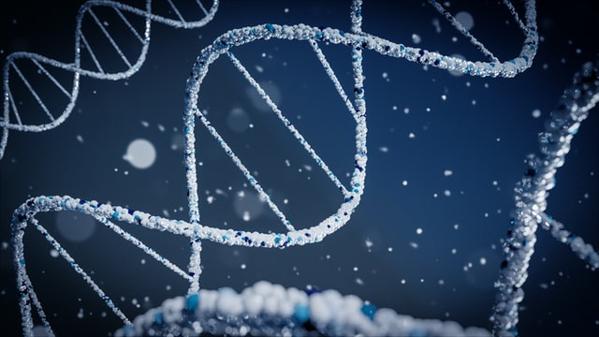
Pramod Kumar | 2022-03-04
How Are Investments in Genomics Driving Research Projects?
Science, Healthcare, Business | 4 min read

Dillon Lad | 2021-07-10
4 ways we're destroying the environment without even realising
Environment | 4 min read
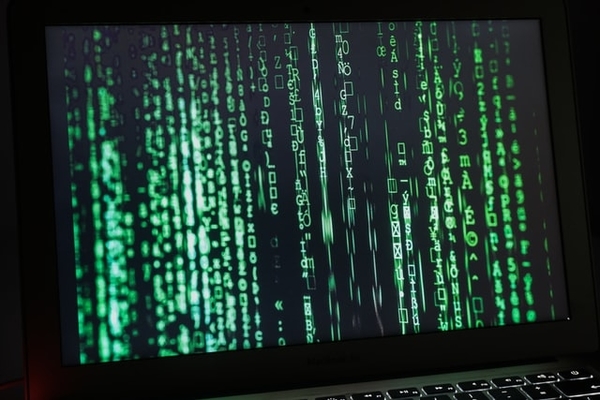
Dillon Lad | 2021-04-26
The science behind The Matrix: can we power the world with our own mind and bodies?
Technology, Science, Film | 4 min read
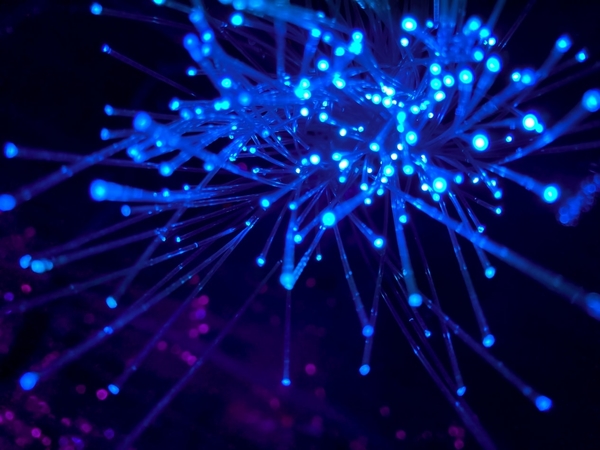
Dillon Lad | 2021-01-29
Breaking up Big Tech with a decentralised internet for the future
Technology | 4 min read
